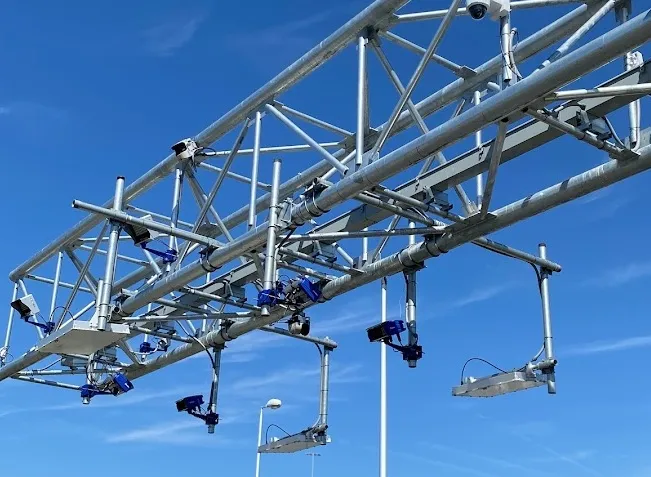Taiwan’s 900 kilometres of toll roads will transition to all-electronic free flow operations early next year. The roads, which include three north-south routes with 22 toll points, carry out around 1.7 million transactions a day, generating some US$700 million of annual toll revenue.
Private contractor Far Eastern Electronic Toll Collection Company (FETC), under contract to the National Freeway Bureau to collect the tolls, says that the IR-based toll system worked well and some 43 per cent of transactio
November 28, 2013
Read time: 3 mins
Taiwan’s 900 kilometres of toll roads will transition to all-electronic free flow operations early next year. The roads, which include three north-south routes with 22 toll points, carry out around 1.7 million transactions a day, generating some US$700 million of annual toll revenue.
Private contractor Far Eastern Electronic toll Collection Company (FETC), under contract to the4974 National Freeway Bureau to collect the tolls, says that the IR-based toll system worked well and some 43 per cent of transactions were by IR transponder at roll-through speeds, with around 57 per cent manual transactions, either cash or pre-purchased discounted tickets.
FETC judged the most economical way to go all-electronic and get a very high percentage of motorists with transponder accounts was to transition to a tag that could be given away, hence the adoption of ISO 18000 6C sticker tags, or eTags.
FETC began giving away the eTags in May 2012 when they ceased issuing new IR transponders and they were ready with 6C readers in all the DSRC lanes of the old toll plazas. They have been taking tolls for the past eighteen months with the43 Efkon IR readers and the 3M 6C readers working side by side in their toll lanes.
In that time, five million 6C tags have been distributed and manual toll collection is down from 57 per cent to 15 per cent (85 per cent are IR or 6C transactions.) The number of IR OBUs in use has declined from 1.2 million to about 200,000. Manual transactions should be down to around close to 10 per cent by the time they are ready to open the new all-electronic gantries.
FETC is its own system integrator for the project to transition to all-electronic. A new schedule of distance-based toll rates is being used so they have developed a new back office to serve 22 mainline AET toll points covering some 319 lanes including shoulders.
The AET free flow system is built around the 3M-5204 6C readers, JAI cameras with lasers from sick doing vehicle detection, tracking and classification.
On transition day, yet to be announced but planned for January to March 2014, the equipment in all the country’s existing mix of IR/6C and manual toll plazas will be switched off and demolition of canopies, booths and islands will begin. The separate gantry based 6C-only/video system will go live and take over toll collection immediately.
Private contractor Far Eastern Electronic toll Collection Company (FETC), under contract to the
FETC judged the most economical way to go all-electronic and get a very high percentage of motorists with transponder accounts was to transition to a tag that could be given away, hence the adoption of ISO 18000 6C sticker tags, or eTags.
FETC began giving away the eTags in May 2012 when they ceased issuing new IR transponders and they were ready with 6C readers in all the DSRC lanes of the old toll plazas. They have been taking tolls for the past eighteen months with the
In that time, five million 6C tags have been distributed and manual toll collection is down from 57 per cent to 15 per cent (85 per cent are IR or 6C transactions.) The number of IR OBUs in use has declined from 1.2 million to about 200,000. Manual transactions should be down to around close to 10 per cent by the time they are ready to open the new all-electronic gantries.
FETC is its own system integrator for the project to transition to all-electronic. A new schedule of distance-based toll rates is being used so they have developed a new back office to serve 22 mainline AET toll points covering some 319 lanes including shoulders.
The AET free flow system is built around the 3M-5204 6C readers, JAI cameras with lasers from sick doing vehicle detection, tracking and classification.
On transition day, yet to be announced but planned for January to March 2014, the equipment in all the country’s existing mix of IR/6C and manual toll plazas will be switched off and demolition of canopies, booths and islands will begin. The separate gantry based 6C-only/video system will go live and take over toll collection immediately.








